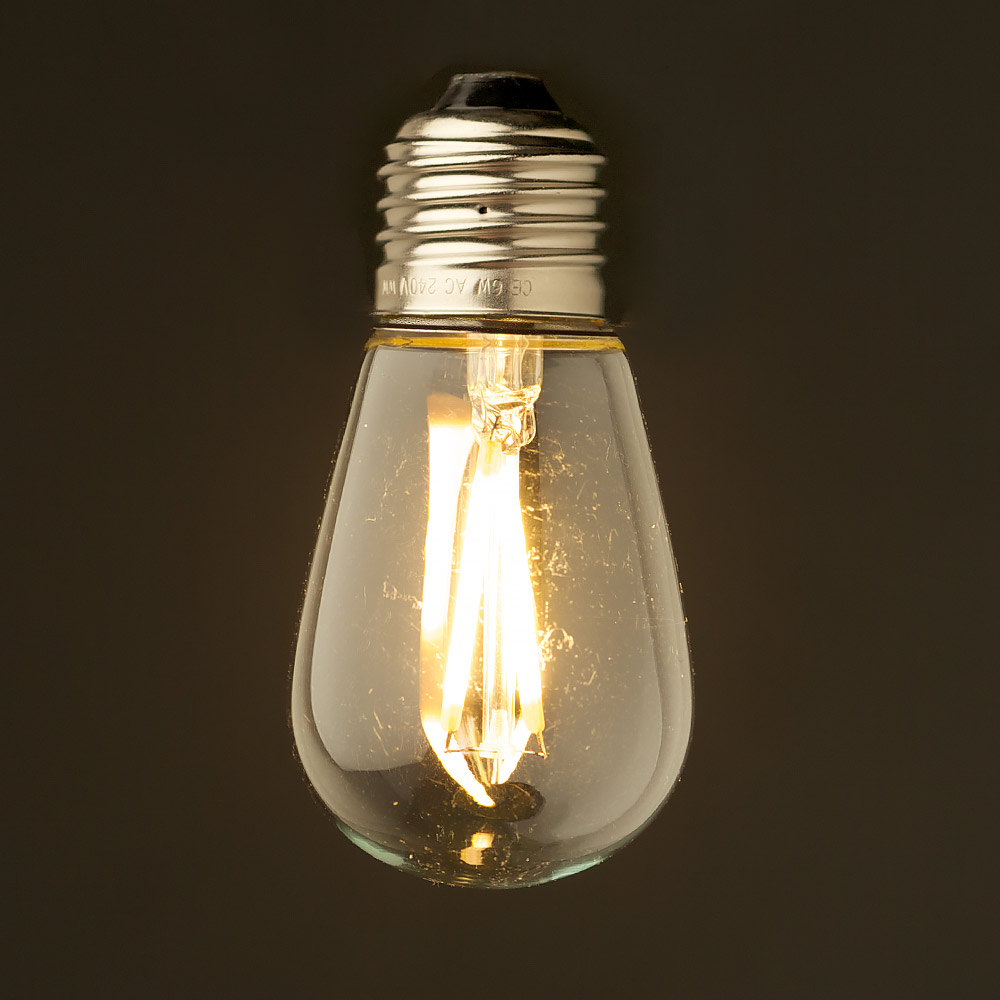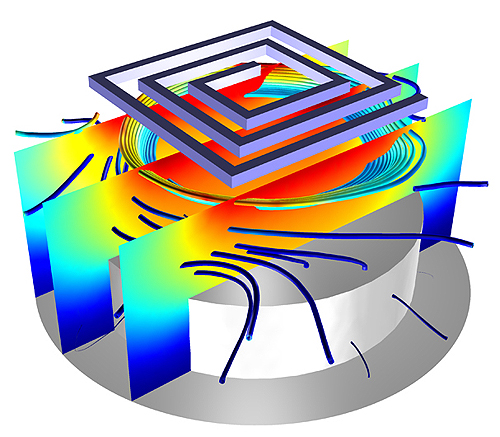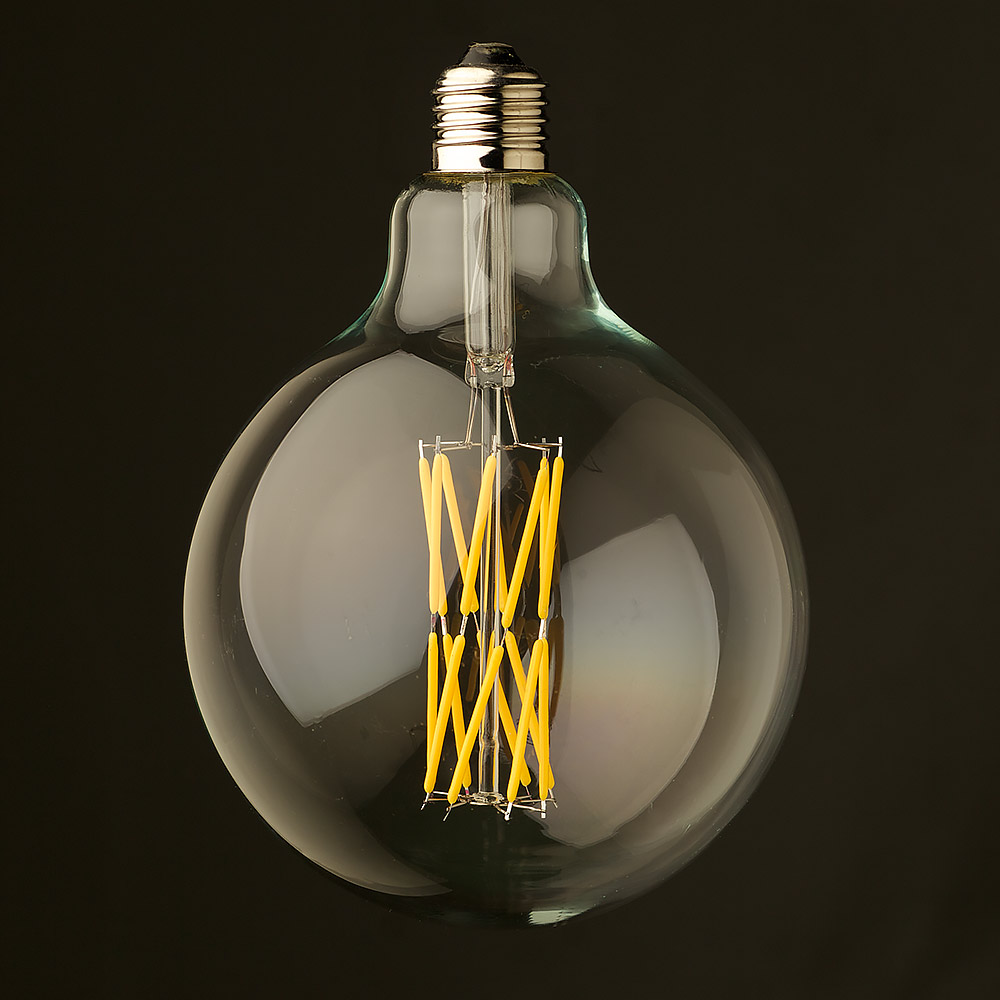-
Gallery of Images:

-
Semiconductor Devices A semiconductor material is a device that allows the passage of electric current through it. Consider the device CPU, it consists of many numbers of transistors within it and these transistors contain the semiconductor material which allows the passage of current and all these are controlled by a switch. Download Physics Of Semiconductor Devices By Simon M. Ng Physics Of Semiconductor Devices is a book that can be used as a reference by graduatelevel students, engineers and scientists and explains all the concepts that are related to semiconductor devices. This is the third edition of the book and it has been completely. Semiconductor Physics And Devices 3rd ed. pdf Main menu Physics of Semiconductor Devices is a textbook aimed at college undergraduate and graduate teaching. It covers both basic classic topics such as energy band theory and the gradualchannel model of the MOSFET as well as advanced concepts and devices such as MOSFET shortchannel effects, low. Semiconductor devices 2 V I l A Figure 1. A piece of material with ideal contacts. 2 shows the electrical conductivity of some common materials. Physics of Semiconductor Devices, Third Edition offersengineers, research scientists, faculty, and students a practicalbasis for understanding the most important devices in use today andfor evaluating future device performance and limitations. Physics Semiconductors part 1 (Introduction) CBSE class 12 XII. wishes to teach the physics of semiconductor devices. In the Annex, the Reader is reminded of crystallography and quantum mechanics which they have seen in lower division materials and physics courses. These notions are used in Chapter 1 to develop the Energy Band Theory for crystal structures. Physics of Semiconductor Devices, Third Edition offers engineers, research scientists, faculty, and students a practical basis for understanding the most important devices in use today and for evaluating future device performance and limitations. A basic introduction to the physical properties of semiconductor devices and fabrication technology, this work presents the theoretical and practical aspects of every step in device fabrication, with an emphasis on integrated circuits. PHYSICS OF SEMICONDUCTOR DEVICES PHYSICS OF SEMICONDUCTOR DEVICES by J. Colinge Department of Electrical and Computer Engineering University of California, Davis C. Colinge Department of Electrical and Electronic Engineering California State University Basic Physics of Semiconductors We begin our study of semiconductor devices with the junction for three reasons. (1) The device finds application in many electronic systems, e. , in adapters that charge the batteries of cell phones. Semiconductor Device Physics and Design UMESH K. MISHRA University of California, Santa Barbara, CA, USA and JASPRIT SINGH The University of Michigan, Ann Arbor, MI, USA A Semiconductor Device Primer, Fabrication of Semiconductor Devices The highest quality oxides are grown, i. the silicon is exposed to an oxidizing ambient, which diffuses into the silicon and forms SiO 2. Solution Manual for Semiconductor DevicesPhysics and Technology [Sze, S. M Solution Free download as PDF File (. Scribd is the world's largest social reading and publishing site. This course is intended to equip any students interested in electronic materials and devices with the fundamentals of semiconductor devices. The materials covered in The course begins with fundamentals and accelerates to advanced topics in semiconductor physics. Semiconductor device, electronic circuit component made from a material that is neither a good conductor nor a good insulator (hence semiconductor). Such devices have found wide applications because of their compactness, reliability, and low cost. In fact, semiconductor physics relies heavily on quantum theory, which is far beyond the scope of this article! Nevertheless, we can still look at how a couple common semiconductor devices work. Semiconductor Devices and Ohm's Law The Physics of Semiconductor Devices The purpose of this paper is to give a greater understanding of the semiconductor world, for Physics 100 students who have a little knowledge of electronics. I will cover conductors, insulators, semiconductors, and the operation of a diode and a transistor. Download Semiconductor Physics And Devices By Donald Neamen Semiconductor Physics And Devices is a book that is written for students pursuing their undergraduate degrees in semiconductor physics, and devices. Through the course of this book, the readers are guided through concepts such as quantum theory of solids, semiconductor material. The Semiconductor Module provides dedicated tools for the analysis of semiconductor device operation at the fundamental physics level. The module is based on the driftdiffusion equations, using isothermal or nonisothermal transport models. It is useful for simulating a range of practical devices. This book is an introduction to the physical principles of modern semiconductor devices and their advanced fabrication technology. It begins with a brief historical review of major devices and key technologies and is then divided into three sections: semiconductor material properties, physics of. Lecture 1 Introduction to Semiconductors and Semiconductor Devices A Background Equalization Lecture Reading: Notes. Alan Doolittle Tipler Physics for scientists and engineers V4. Schubert Quantum Mechanics Applied to Semiconductor Devices. Physics of Semiconductor Devices, Third Edition offers engineers, research scientists, faculty, and students a practical basis for understanding the most important devices in use today and for evaluating future device performance and limitations. The fundamental operation of semiconductor devices and overview of applications. The physical principles of semiconductors, both silicon and compound materials. The semiconductor materials used in electronic devices are doped under precise conditions to control the concentration and regions of p and ntype dopants. A single semiconductor crystal can have many p and ntype regions; the pn junctions between these. The awaited revision of Semiconductor Devices: Physics and Technology offers more than 50 new or revised material that reflects a multitude of important discoveries and advances in device physics and integrated circuit processing. Physics of Semiconductor Devices, Third Edition offersengineers, research scientists, faculty, and students a practicalbasis for understanding the most important devices in use today andfor evaluating future device performance and limitations. Contents Introduction 1 Part I Semiconductor Physics Chapter 1 Physics and Properties of SemiconductorsA Review 7 1. 2 Crystal Structure, 8 Physics of Semiconductor Devices, Third Edition offersengineers, research scientists, faculty, and students a practicalbasis for understanding the most important devices in use today andfor evaluating future device performance and limitations. Physics of Semiconductor Devices, Third Edition offersengineers, research scientists, faculty, and students a practicalbasis for understanding the most important devices in use today andfor evaluating future device performance and limitations. A Solutions Manual is available from the editorialdepartment. Semiconductor Physics and Devices by Neamen is a book meant for the undergraduatecourse in semiconductor physics and devices. The book aims to bring togetherquantum mechanics, the quantum theory of solids, semiconductor material physics andsemiconductor device physics which will provide a strong foundation for the buddingengineer to understand and participate in advancing the technology. Gives deep insight into the physics of stateoftheart devices and helps to design and analyze of modern optoelectronic devices Show less Provides fundamental knowledge in semiconductor physics and in while helping to understand and use advanced device simulation software Semiconductor Devices Physics And PDF. Semiconductor Devices Physics And PDF. Download with Google Download with Facebook or download with email. Semiconductor Physics Device Building Blocks Transistors NegativeResistance and Power Devices Photonic Devices and Sensors Part I, Chapter 1, is a summary of semiconductor properties that are used throughout the book as a basis for understanding and calculating device characteristics. The awaited revision of Semiconductor Devices: Physics and Technology offers more than 50 new or revised material that reflects a multitude of important discoveries and advances in device physics and integrated circuit processing. 1 shows the covalent bonds among germanium atoms. A germanium atom has 4 valence electrons. It is the tendency of each germanium atom to have 8. Physics of Semiconductor Devices contains a list of problems that can be used as homework assignments or can be solved in class to exemplify the theory. Many of these problems make use of Matlab and are aimed at illustrating theoretical concepts in a graphical manner. the semiconductor of choice because it was possible to obtain high purity material. The extraordinarily large diffusion length of minority carriers in germanium provided functional structures despite the large dimensions of the early devices. This course outlines the physics, modeling, application, and technology of compound semiconductors (primarily IIIVs) in electronic, optoelectronic, and photonic devices and integrated circuits. 2 MOSFET DEVICE PHYSICS AND OPERATION Gate Source Drain Semiconductor substrate Insulator Gate junction Substrate contact Conducting channel Figure 1. 1 Schematic illustration of a generic eld effect transistor. This device can be viewed as a combination of two orthogonal twoterminal devices Diodes are basic unidirectional semiconductor devices that will only allow current to flow through them in one direction only, acting more like a one way electrical valve, (Forward Biased Condition). But, before we have a look at how signal or power diodes work we first need to understand the semiconductors basic construction and concept. This book is an introduction to the physical principles of modern semiconductor devices and their advanced fabrication technology. It begins with a brief historical review of major devices and key technologies and is then divided into three sections: semiconductor material properties, physics of. Neamen's Semiconductor Physics and Devices deals with the electrical properties and characteristics of semiconductor materials and devices. The goal of this book is to bring together quantum mechanics, the quantum theory of solids, semiconductor material physics, and semiconductor device physics in a clear and understandable way. This course provides the basic foundation for understanding electronic semiconductor devices and their circuit applications and limitations. It has introductory elements of quantum mechanics as a requirement for understanding the dynamics of the behavior of charge carriers and energy distributions within a semiconductor lattice and across pn junctions. This is the 1st lecture of a short summer course on semiconductor device physics taught in July 2015 at Cornell University by Prof. The estimated amount of time this product will be on the market is based on a number of factors, including faculty input to instructional design and the prior revision cycle and updates to academic researchwhich typically results in a revision cycle ranging from every two to four years for this product. Principles of Semiconductor Devices: Table of Contents. Short table of contents List of figures, List of tables Title page Table of contents Semiconductor devices are manufactured for both discrete devices and integrated circuits, which consist of from a few to billions of devices manufactured and interconnected on a single semiconductor substrate or wafer..
-
Related Images:











